Cold emailing is often seen as a controversial marketing tactic, with many questioning its effectiveness and ethical implications. However, when executed correctly, cold emailing can be a powerful lead generation tool that offers high ROI, cost-effectiveness, and the ability to reach a wide audience. In this blog post, we will explore the cold email pros and cons, as well as discuss best practices to maximize the success of your cold email campaigns.
Key Takeaways
- Cold email campaigns provide businesses with cost-effective, scalable lead generation capabilities.
- Personalization and customization of emails can result in increased open and click-through rates.
- Crafting compelling subject lines, providing value, and adhering to anti-spam laws are essential for successful cold email outreach.
The Power of Cold Emailing

Despite the negative perception surrounding cold emailing, SaaS and B2B companies have embraced it as a regular practice, viewing it as an alternative to traditional cold call methods. Personalized cold emails have shown to make email marketing four times more effective than other digital marketing channels.
Cold emailing, like cold calling, involves reaching out to potential customers with whom you have no prior relationship or connection. However, unlike cold calls, email allows for more detailed storytelling and targeted outreach, making it easier to establish a personal connection with potential clients. Additionally, cold email campaigns can be more scalable and cost-effective than phone calls, making them an attractive lead generation tool for businesses.
High ROI and Cost-Effectiveness
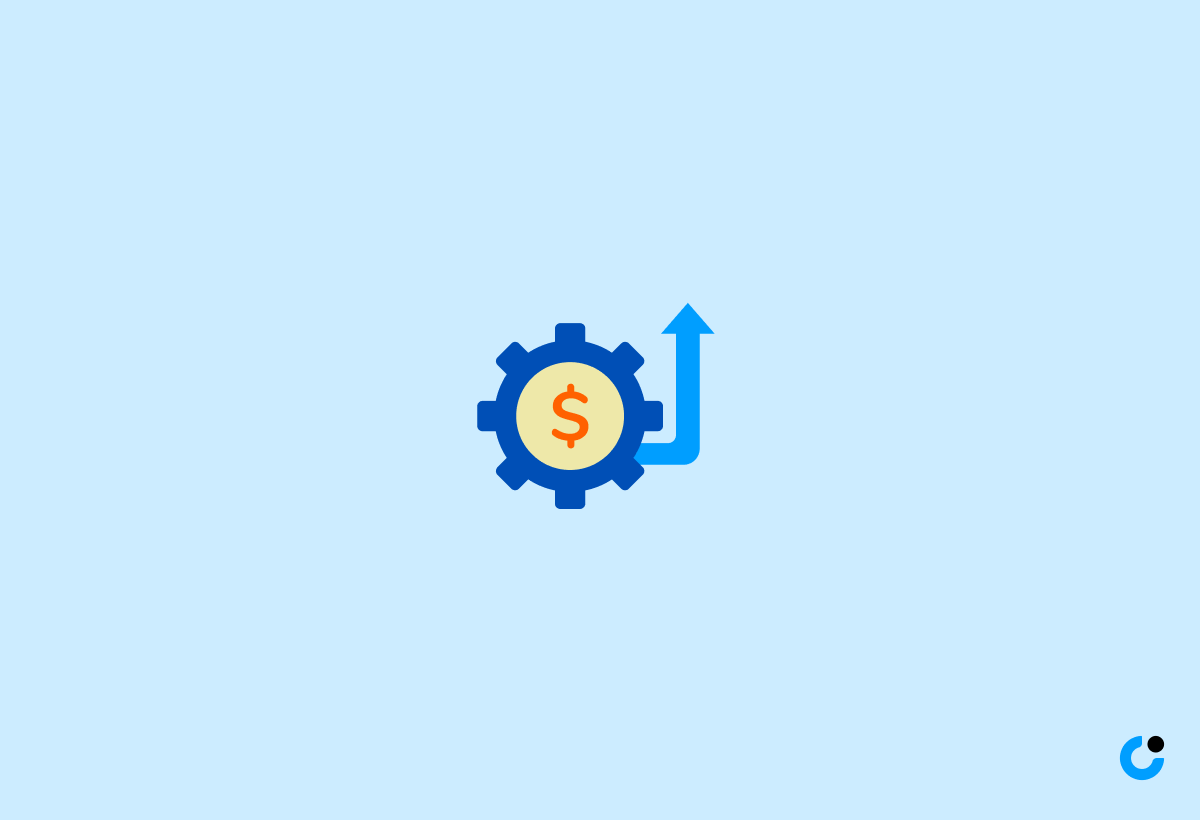
Cold email campaigns offer a high return on investment and cost-effectiveness, making them a viable option for businesses aiming to reach potential customers. In comparison to traditional phone calls, cold email outreach boasts greater scalability, which is particularly advantageous for many startup companies.
Including attachments in personalized cold emails can provide a more comprehensive overview of your company and the products or services being offered. Impressive conversion rates can be achieved through cold email campaigns that provide valuable insights and detailed storytelling, showcasing their cost-effectiveness.
Reaching a Wide Audience

Cold emailing provides businesses with the opportunity to:
- Reach a broad audience, thereby increasing the likelihood of transforming prospects into customers
- Target your audience carefully and personalize your email message to boost the chances of capturing the recipient’s attention
- Generate more leads
Personalization and customization are of great importance when it comes to cold outreach, as they enable you to make your emails more pertinent to each recipient. Creating a more engaging and meaningful experience by addressing the specific needs and interests of your target audience increases the odds of converting prospects into customers.
The Benefits of Cold Email Outreach

Cold email outreach presents a variety of advantages, including automation that conserves time, personalization capabilities, and the capacity to construct and possess an email list, which can help in reaching potential clients. Particular advantages of automation in cold email campaigns include increased proficiency, better customer experience, higher conversion rates, improved lead follow-up, and time conservation.
Automation of repetitive tasks and large scale personalization in cold emailing offers several benefits for businesses:
- Saves time and resources, allowing a focus on other aspects of the marketing strategy
- Provides greater control over email campaigns
- Enables categorization of the audience and targeting of specific customers
Additionally, the ability to build and own an email list provides businesses with even more control and flexibility in their email marketing efforts.
Time-Saving and Automation
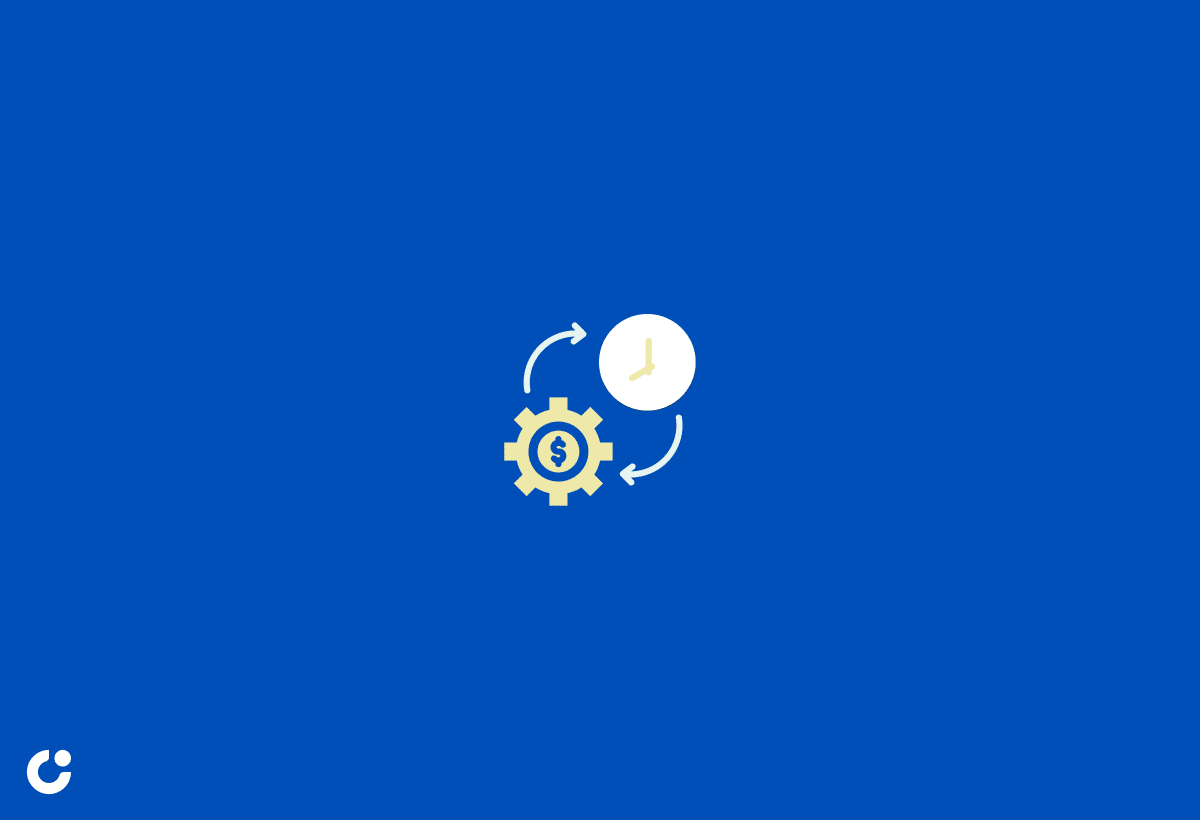
Cold email campaigns can be advantageous in terms of time and resources, as they can be automated, thereby freeing up resources to be allocated to other areas of the marketing strategy. Automation in cold emailing contributes to:
- Time savings for businesses by performing repetitive tasks
- Scalability of outreach
- Personalization on a large scale
- Automating follow-ups
- Providing analytics and tracking for optimization
Some of the most effective software/tools for automating cold email campaigns include:
The utilization of these tools allows businesses to save time and effort, enabling focus on other aspects of their marketing strategy and ultimately increasing the success of their cold email campaigns.
Personalization and Customization

Personalization in cold emails can assist businesses in distinguishing themselves and constructing a more captivating experience for recipients. Personalizing cold emails involves:
- Customizing each email to appear as if it has been uniquely and persuasively composed for the recipient
- Utilizing mail merge tags to include personalized data
- Adjusting the email copy to the prospect
- Exhibiting mutual connections
- Uncovering mysterious connections
Businesses may leverage data for email personalization by:
- Gathering audience data
- Utilizing marketing software
- Segmenting the target audience
- Composing personalized messages
- Automating email campaigns
- Customizing emails based on customer criteria
- Assessing the effect of personalization through customer engagement metrics.
Implementing personalization and customization in cold emails creates a more engaging experience for recipients, leading to higher open and click-through rates. To achieve this, it’s essential to send personalized cold emails.
Building and Owning Your Email List

Possessing one’s own email list grants businesses autonomy over their audience and the capacity to accurately target distinct segments. With an email list, you have the capability to segment your contacts based on various criteria, such as demographics, interests, or past interactions. This targeted approach increases the likelihood of your cold emails being relatable to the recipients and yielding a positive response.
Additionally, possessing an email list gives you control over the quality of your contacts, guaranteeing that you are reaching out to individuals who are more likely to be intrigued by what you have to offer. Building and owning your email list can maximize the success of your cold email campaigns, leading to more conversions and stronger relationships with potential customers.
The Drawbacks of Cold Email Campaigns
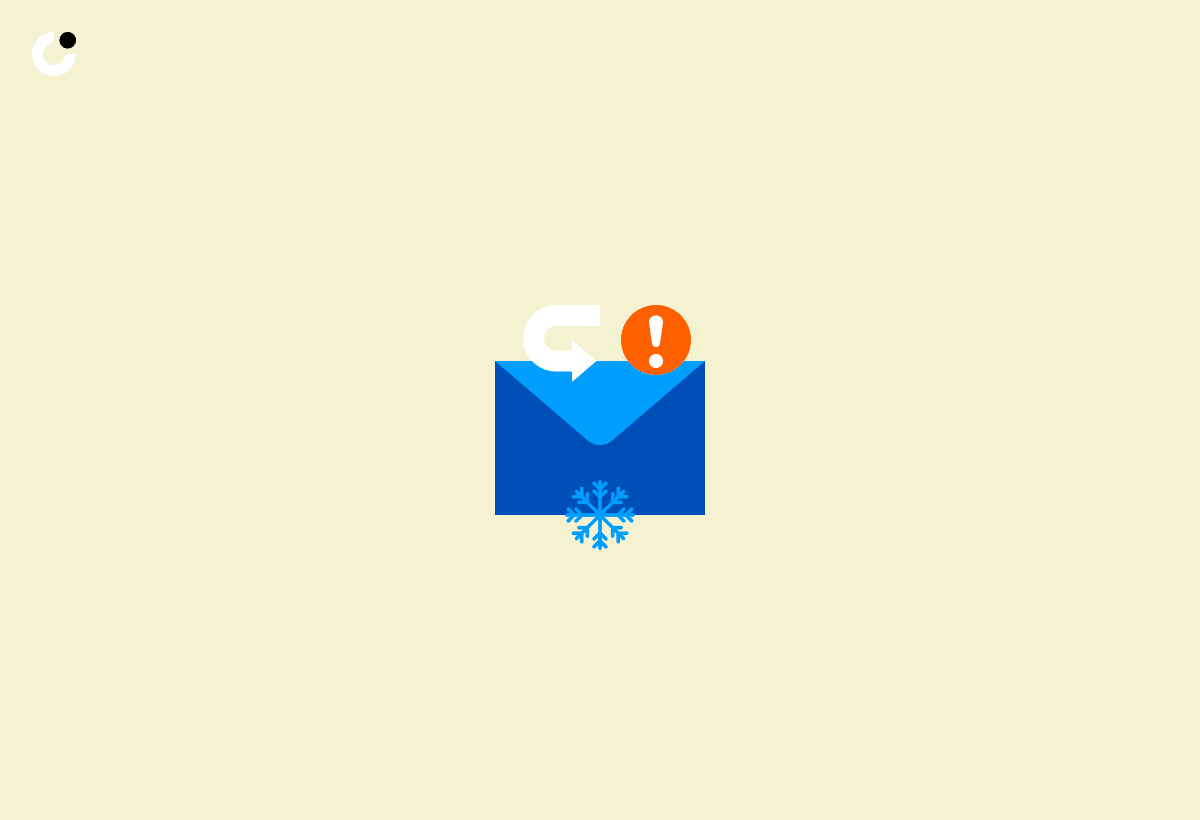
Despite its benefits, there are cons of cold email campaigns, such as competition, spam filters, and the challenge of making a strong first impression. A considerable proportion of cold emails are blocked or marked as spam due to factors such as excessive email outreach, a high quantity of emails sent, a lack of response from recipients, emails being marked as spam without being opened, attachments included in cold emails, faulty HTML code in the email, and the utilization of words or phrases that are considered to be spam.
Competition in the email inbox can have a considerable effect on cold email campaigns, as it is difficult to differentiate oneself and capture the recipient’s attention. Countering this competition requires implementing tactics such as personalization, advanced targeting, and captivating subject lines, raising the likelihood of success in cold email campaigns.
Competition and Standing Out

In cold email campaigns, there is a high level of competition, making it a challenge for businesses to differentiate themselves and gain the notice of recipients. With a multitude of emails vying for attention, it is difficult to differentiate oneself and capture the recipient’s attention, leading to a decrease in open rates and engagement with cold emails.
To stand out in a crowded inbox, businesses must employ strategies such as:
- Personalization
- Authenticating themselves
- Assuaging the audience’s distress or providing them something they desire
- Proffering lead generation services
By taking the extra effort to create a memorable impression, businesses can increase the likelihood of their cold emails being opened, read, and responded to, ultimately leading to more conversions and stronger relationships with potential customers.
Spam Filters and Deliverability Issues
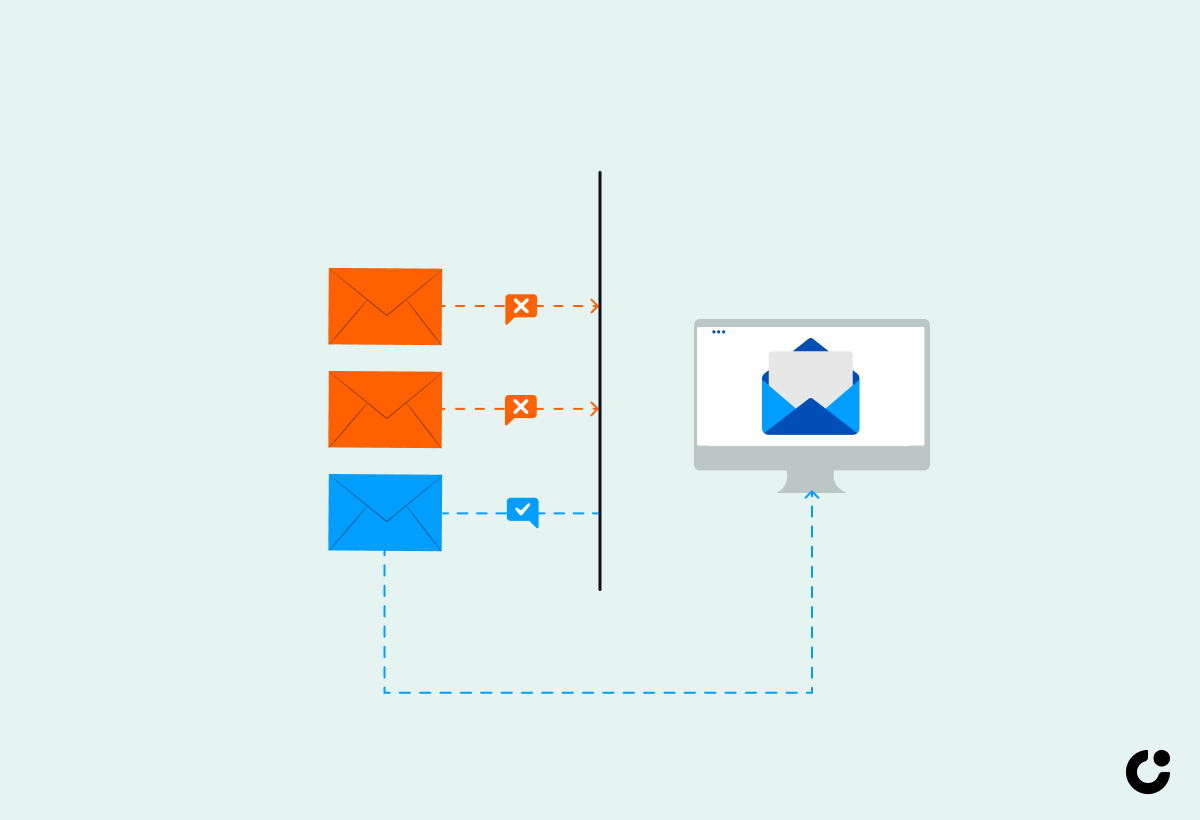
Spam filters for cold emailing function by carefully examining the content of targeted emails to guarantee that no inappropriate or malicious material arrives at the recipient’s inbox. By analyzing different elements such as the sender’s reputation, email content, and user behavior, spam filters determine whether an email should be classified as spam or delivered to the inbox. It is essential to adhere to best practices and evade activating spam filters to enhance deliverability.
The words or phrases that can cause spam filters to be triggered in cold emails can vary, yet typically involve words that create a feeling of urgency, fear, or manipulation, such as:
- ‘urgent’
- ‘limited time offer’
- ‘act now’
- ‘guaranteed’
- ‘free’
Adhering to best practices, such as avoiding spammy words and phrases, and ensuring your email content is relevant and valuable to the recipient is crucial to avoid triggering spam filters and ensure your cold emails reach their intended recipients.
First Impressions and Engagement

The first impression in cold email outreach is of great significance, as it forms the recipient’s initial opinion of the email’s worth. Crafting an engaging subject line can significantly improve open rates and increase the likelihood of the message being read. Moreover, making the prospect feel understood and addressing their business challenges from the very first email helps create a favorable impression.
To capture the recipient’s attention in the initial lines of a cold email, businesses can:
- Focus on trigger events
- Pose a query
- Provide exclusive insight into the prospect’s issue
- Customize the message to the recipient
- Furnish immediate value
By taking the time to understand the recipient’s needs and crafting engaging content that addresses their pain points, businesses can create a powerful first impression that leads to meaningful conversations and ultimately, successful cold email campaigns.
Best Practices for Successful Cold Emailing
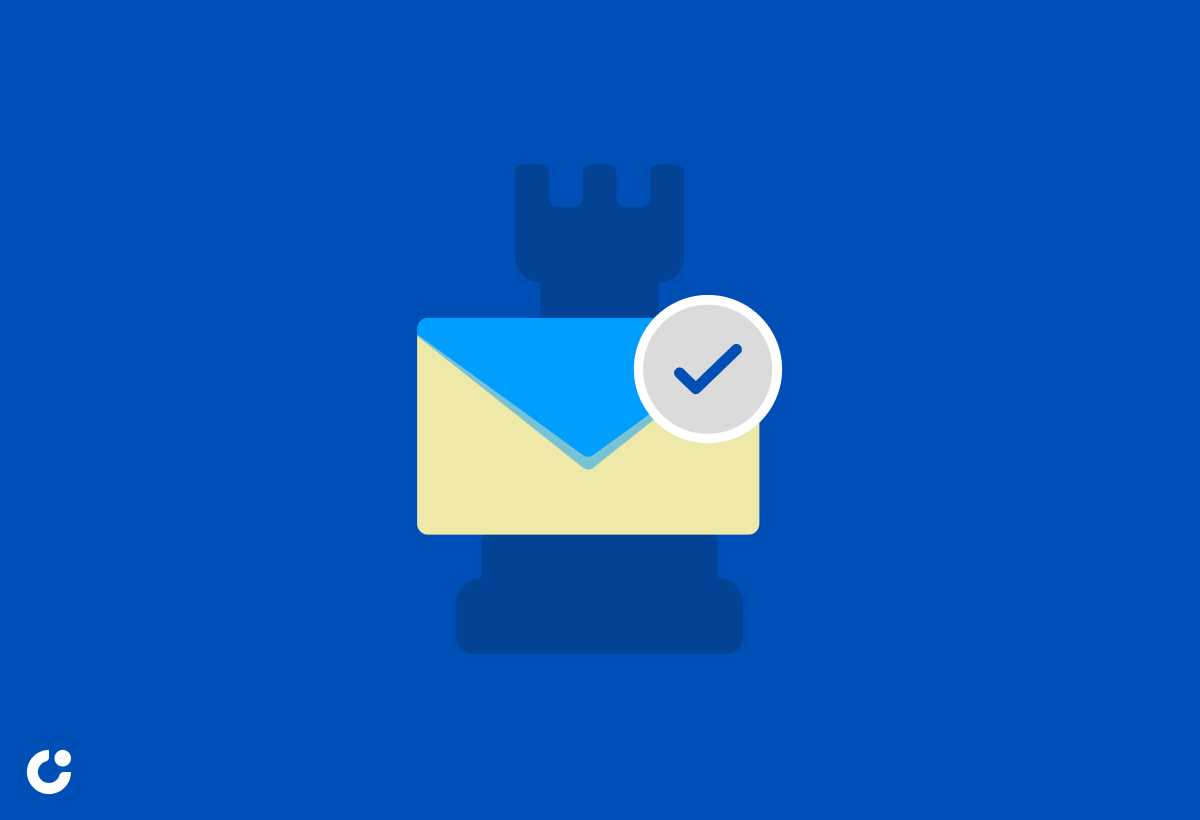
To maximize the success of cold email campaigns, businesses should follow best practices, such as complying with anti-spam laws, crafting compelling subject lines, and providing value with a clear call-to-action. Adhering to these best practices can increase the chances of cold emails being opened, read, and responded to, ultimately leading to more conversions and stronger relationships with potential customers.
Furthermore, it is important for businesses to remain up-to-date with the latest email marketing trends and tools to continually improve the effectiveness of their cold email campaigns. By staying informed and adapting to changes in the industry, businesses can ensure the ongoing success of their cold email outreach efforts.
Complying with Anti-Spam Laws

Adhering to anti-spam laws and regulations is imperative for businesses in order to evade penalties and sustain a favorable sender reputation. The primary anti-spam law that has an effect on cold emailing is the CAN-SPAM Act, a U.S. regulation that safeguards consumers from undesired business emails and violation can result in sanctions.
In addition to the CAN-SPAM Act, businesses should also be cognizant of regional and international anti-spam laws, such as the GDPR in Europe and the Anti-Spam law in the Dominican Republic. Compliance with these laws can protect recipients from receiving unwanted spam emails and ensure the success of cold email campaigns.
Crafting Compelling Subject Lines
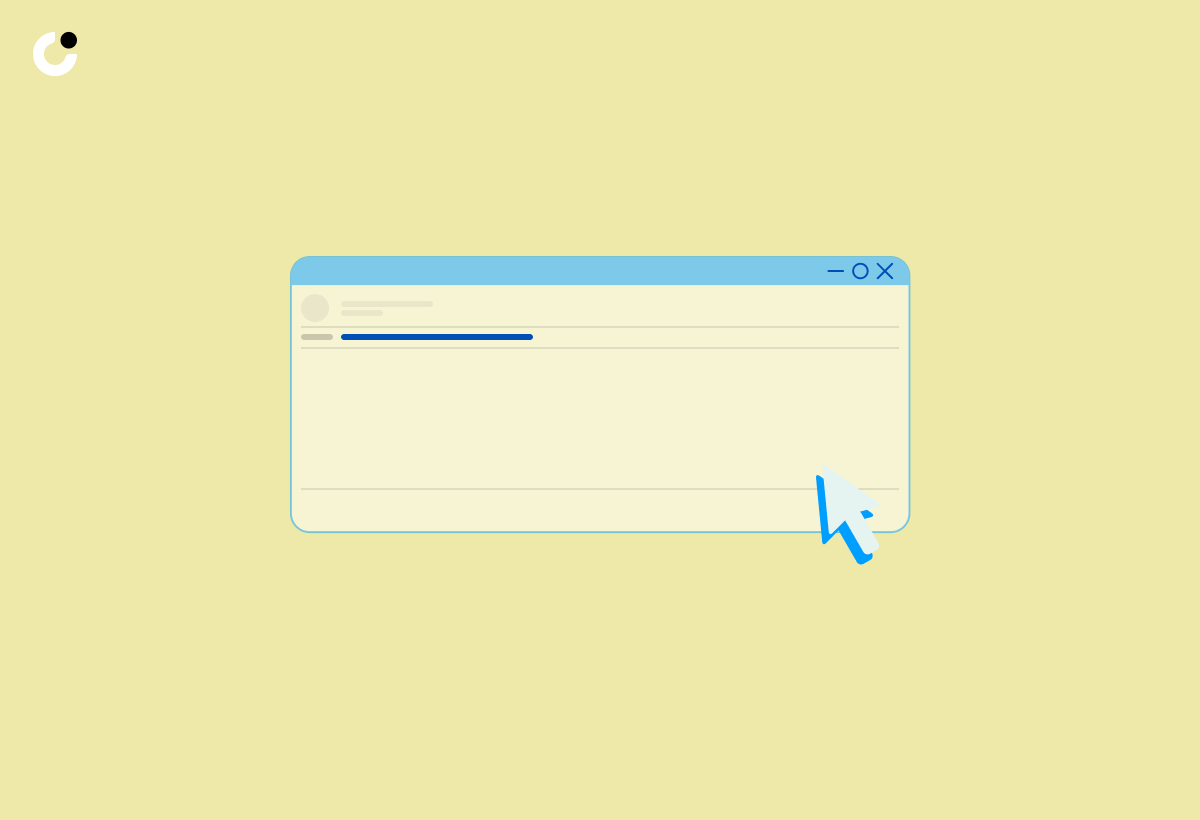
Crafting compelling subject lines can help businesses stand out in a crowded inbox and increase the chances of recipients opening and engaging with the email. Some effective practices for creating subject lines in cold emails include:
- Utilizing action words
- Being succinct
- Personalizing the subject line
- Incorporating humor
It is suggested that the subject line of a cold email should be approximately 41 characters or 7 words. Keeping subject lines concise and engaging captures the recipient’s attention and improves the overall effectiveness of cold email campaigns.
Providing Value and a Clear Call-to-Action

Furnishing value and a distinct call-to-action in cold emails can assist businesses in stimulating engagement and conversions, eventually leading to a successful campaign. In order to ensure value is provided in a cold email, businesses should:
- Offer something of value
- Personalize the email
- Demonstrate empathy
- Include a concise and pertinent value proposition.
When constructing a call-to-action, ensure it is:
- Unambiguous and succinct
- Utilize language that encourages action
- Confirm it is pertinent to the email’s content
- Guarantee the call-to-action is distinct from the remainder of the email by employing a different font or hue.
Providing value and a clear call-to-action can drive engagement and conversions, ultimately leading to a successful cold email campaign.
Summary
In conclusion, cold emailing can be a powerful and effective lead generation tool when executed correctly. By focusing on the benefits of cold email outreach, such as high ROI, cost-effectiveness, wide audience reach, time-saving automation, personalization, and building and owning your email list, businesses can maximize the success of their campaigns. However, it is important to acknowledge the drawbacks and challenges associated with cold emailing, such as competition, spam filters, and making a strong first impression. By adhering to best practices, complying with anti-spam laws, crafting compelling subject lines, and providing value with a clear call-to-action, businesses can increase the likelihood of their cold emails being opened, read, and responded to, ultimately leading to more conversions and stronger relationships with potential customers.
Frequently Asked Questions
What are the disadvantages of cold email marketing?
Cold emails have low response rates and can easily be caught by spam filters, resulting in a minimal impact on marketing efforts.
Is cold emailing a bad idea?
Cold emailing can be an effective tool for businesses to generate leads, however it is important to consider potential cons such as coming across as impersonal or spammy. It is okay to send cold emails, provided they adhere to certain rules such as providing an easy opt-out method and avoiding misleading subject lines.
What are the advantages of cold emails?
Cold emails are a cost-effective way to reach out to many potential customers and build relationships, as well as establish thought leadership and expertise.
What is the success rate of cold emails?
Overall, cold email response rates tend to average around 7%, with an open rate of 36%. Targeting 2–4 people from one company is the most successful method, achieving a response rate of up to 7.8%. However, sending emails to 5-10 contacts from the same organization drops the success rate to 2.5%.
What is the recommended length for a subject line of a cold email?
The recommended length for a subject line of a cold email is approximately 41 characters or 7 words.

